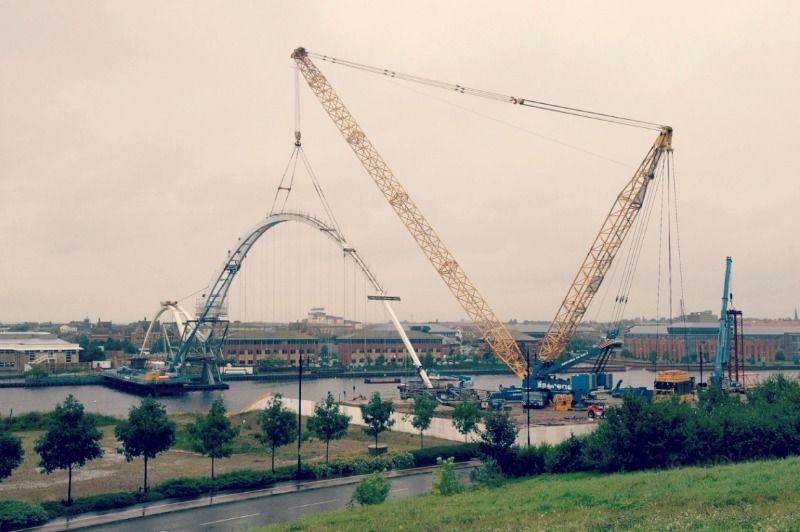Risks In Heavy Lifting Operations


A lifting operation is an operation concerned with the lifting and lowering of a load, it can be performed manually or using lifting equipment. Majority of the companies in the manufacturing and construction industry rely on overhead cranes to lift and transport materials.
Proper installations and usage of the cranes can make operations easier and safer. However, fatalities and severe injuries are still frequent despite measures taken to mitigate it. According to Workplace Safety and Health (WSH) Council, crane-related fatalities in Singapore range from between 2 to 10 in a year. As a job proceeds, it becomes natural for an individual’s sensitivity to risk to diminish, this is largely due to familiarity and the knowledge that the lifting operation will be conducted according to plan. Therefore it is vital that the process of evaluating risk is dynamic and continuous throughout the entire lifting operation.
The risks and hazards present in lifting operations includes: –
- The deterioration of the machine as a result of wet, corrosive or harsh environments
- Lifting load that surpassed the machine load limit
- Malfunctioning of the equipment
- Use of machines of unskilled workers
- Movement of components by equipment, dropping of load from equipment due to mishandling
- And many more…
The lifting team, typically consists of lifting supervisor, crane operator, rigger and signalman, to ensure safety during lifting activities. Lesson learnt from past accidents pointed out that proper planning co-ordination and supervision of the lifting work can minimise risks significantly. In this sense, the role of lifting supervisor is especially important given the collaborative nature of the work and ensuring that the personnel involved are appropriately trained and are competent in completing their tasks.
The role of a lifting supervisor includes: –
- Coordinating and supervising all lifting activities in accordance with the Lifting Plan
- Briefing all lifting team on the Lifting plan, risk control measure and safe lifting procedure before operations
- Making sure that the lifting team are properly trained and are appointed for their respective roles
- Ensuring that ground conditions are safe for lifting operations
- Being present during all lifting operations
- Rectify all unsafe conditions relating to the lifting operations that are brought up to him
Best Practices in Heavy Transport & Lifting Emphasising Safety is a course that is crafted to train relevant personnel in the knowledge of excellent transport engineering and dedicated project management in planning heavy lifting operations. Taught by an expert with more than 25 years of experience, participants will be bring home necessary tools, skills and understanding to take on such projects. For more information, please visit us at http://www.opuskinetic.com/training or contact us at info@opuskinetic.com
Opus Kinetic believes that people are why organisations are successful, and giving people the knowledge to perform well at their job is integral for success. We pride ourselves as the premier provider of knowledge, offering acclaimed in-house training, leadership training courses, oil and gas training courses, courses that target health safety and environment, etc. Our training courses are well researched and updated with the latest industry trends. For more information on our professional training programs, you can visit us at http://www.opuskinetic.com/training.
